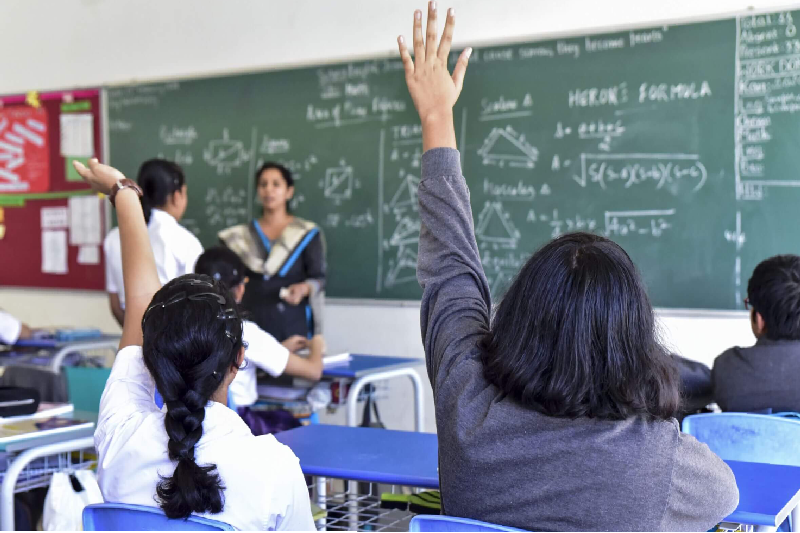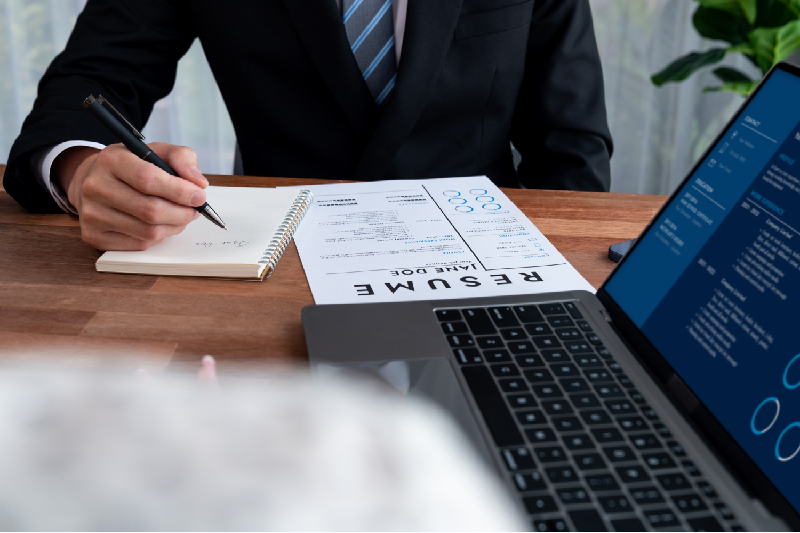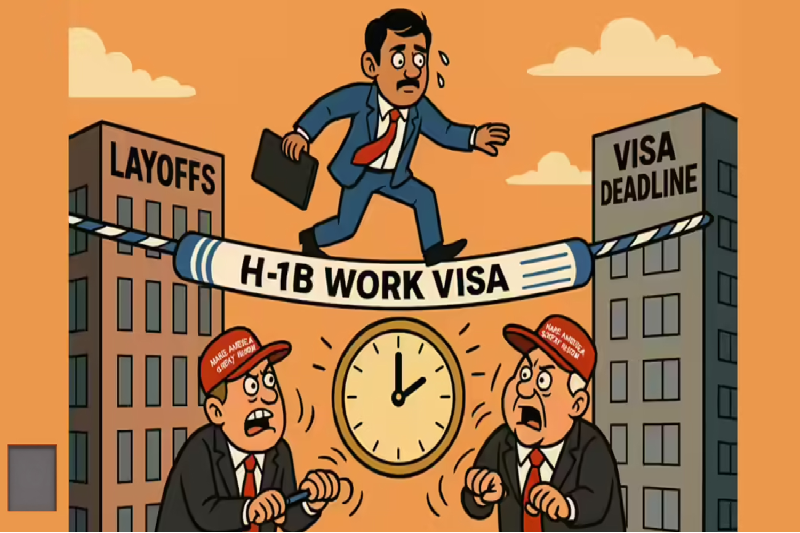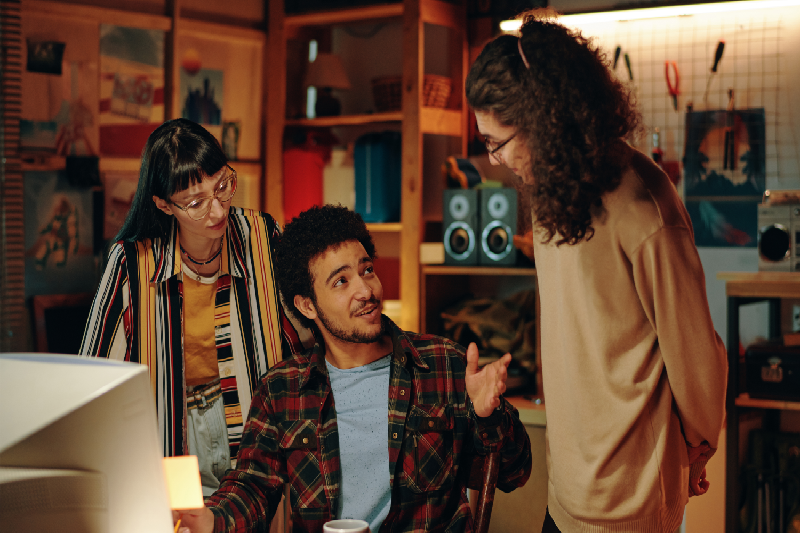
Classrooms Without Borders: How ODL is Reshaping India’s Education Landscape
Open and Distance Learning (ODL) has quietly revolutionized education in India, transforming it from the modest correspondence courses of the 1960s to the hybrid online degrees of today. Once seen as a fallback option for those unable to attend traditional universities, ODL has emerged as a central pillar of higher education and lifelong learning, bridging the gap between aspiration and opportunity. Its journey reflects India’s broader commitment to democratizing education, empowering marginalized communities, and extending learning opportunities to every corner of the country.
The Origins of ODL in India
India’s higher education system faced a severe expansion crisis in the 1960s. Traditional universities were urban-centric and elite-focused, leaving millions of students without access to higher education. Correspondence education emerged as a practical solution to this growing exclusion. The University of Delhi, the University of Madras, and other institutions pioneered postal programs, delivering study materials to learners across the country.
A major milestone arrived in 1982 with the establishment of Andhra Pradesh Open University, later renamed Dr. BR Ambedkar Open University, India’s first dedicated open university. Three years later, the government founded the Indira Gandhi National Open University (IGNOU), the largest university in India and one of the largest in the world. Its model combined printed self-instructional materials, radio and TV broadcasts, personal contact classes, and regional study centers, setting the benchmark for distance learning in India.
Nationwide Expansion and Policy Support
Following these early successes, almost every state launched open universities, including Yashwantrao Chavan Maharashtra Open University (YCMOU), Nalanda Open University, and Tamil Nadu Open University. Conventional universities also embraced a dual-mode system, running regular and distance education programs simultaneously. By the 1990s, ODL had become a legitimate, parallel higher education system.
Policy interventions consistently reinforced this expansion. The University Education Commission (1948–49), chaired by Dr. S. Radhakrishnan, and the Education Commission (1964–66) under D.S. Kothari emphasized widening access through correspondence programs. Later, the National Policy on Education (1968, revised in 1986 and 1992) formally recognized distance education as a key strategy to raise enrollment. The Distance Education Council (DEC), established in 1991 and later transferred to UGC as the Distance Education Bureau (DEB), ensured regulatory oversight.
The 2000s ICT revolution brought further momentum. Platforms like SWAYAM, NPTEL, and the National Digital Library expanded digital learning, while the New Education Policy 2020 integrated blended and online learning into mainstream education, aiming for a 50% Gross Enrollment Ratio by 2035.
Transforming Lives Across Communities
The actual impact of ODL is best seen in the stories of its learners. Working adults have used it to upskill without leaving jobs, rural youth have accessed degrees locally, and women who paused studies for caregiving or marriage have returned to complete their education. For these learners, ODL is not a compromise; it is a gateway to empowerment, dignity, and financial independence.
ODL has also acted as a bridge of social justice. Historically excluded from higher education, SC, ST, and OBC learners have benefited immensely. Localized study centers, materials in regional languages, and sponsorship schemes have enabled marginalized communities to pursue higher education and professional diplomas. PwDs have gained access through accessible formats, fee waivers, and extended timelines, though challenges like digital access and connectivity gaps persist.
Empowering Teachers and Institutions
ODL has reshaped the role of educators. Teachers are not just lecturers but instructional designers, content creators, and mentors. Many school teachers pursue programs like IGNOU’s B.Ed. to enhance their qualifications, fostering continuous professional development. Institutions have also adapted, offering modular courses, flexible entry-exit points, and skill-oriented programs, creating a more responsive and inclusive education system.
ODL and Employability
Employers form an essential part of the ODL ecosystem. Government positions generally recognize ODL degrees as being on par with regular degrees, enabling lakhs of learners to qualify for teaching, clerical, and administrative roles. In the private sector, skepticism persists regarding the rigor of some ODL programs. However, with the global shift toward skill-based hiring and online certifications, the focus is increasingly on demonstrated capabilities rather than the mode of study, presenting opportunities for ODL to enhance employability.
Post-COVID Transformation
The COVID-19 pandemic accelerated ODL’s digital transformation. With physical classrooms disrupted, online learning became the default mode even for conventional universities. Learners could simultaneously pursue IGNOU degrees, SWAYAM courses, and international MOOCs, creating flexible, personalized learning pathways. ODL’s digital adoption during this period solidified its role as a mainstream lifeline for higher education.
Challenges and the Path Forward
Despite its growth, ODL faces significant challenges. The digital divide still limits access for rural students, women, and PwDs. Quality assurance is uneven, dropout rates are high, and educators often lack training in online pedagogy. Private sector skepticism persists, and without reforms, ODL risks being perceived as a secondary option rather than a choice.
Addressing these challenges requires a multi-pronged approach:
- Expanding rural connectivity and providing affordable devices.
- Training faculty in digital pedagogy and supporting high-quality content creation.
- Implementing rigorous yet supportive accreditation systems.
- Forging industry partnerships to enhance employability.
- Offering scholarships, mentorship programs, and content in regional languages.
- Promoting micro-credentials and blended learning models to increase relevance.
ODL must be communicated as a legitimate, essential pathway for creating an inclusive knowledge society.
A Quiet Revolution in Education
The story of ODL in India is one of quiet revolutions. From correspondence courses in the 1960s to hybrid online degrees today, it has transformed the lives of a housewife in Bihar, a tribal youth in Jharkhand, a visually impaired learner in Kerala, and a working-class father in Maharashtra. Teachers have reinvented themselves, institutions have scaled up, and policymakers have been able to dream bigger. Communities once denied higher education now see education as a realistic possibility.
If challenges are met with vision and investment, ODL can transcend its role as an alternative learning mode to become a mainstream engine of higher education. It embodies the spirit of democratic education, proving that learning is not a privilege for a few but a birthright for all. In an era of digital disruption and social transformation, ODL stands as a beacon—an instrument of equity, a bridge to opportunity, and a cornerstone of India’s journey toward a just and inclusive knowledge society.



